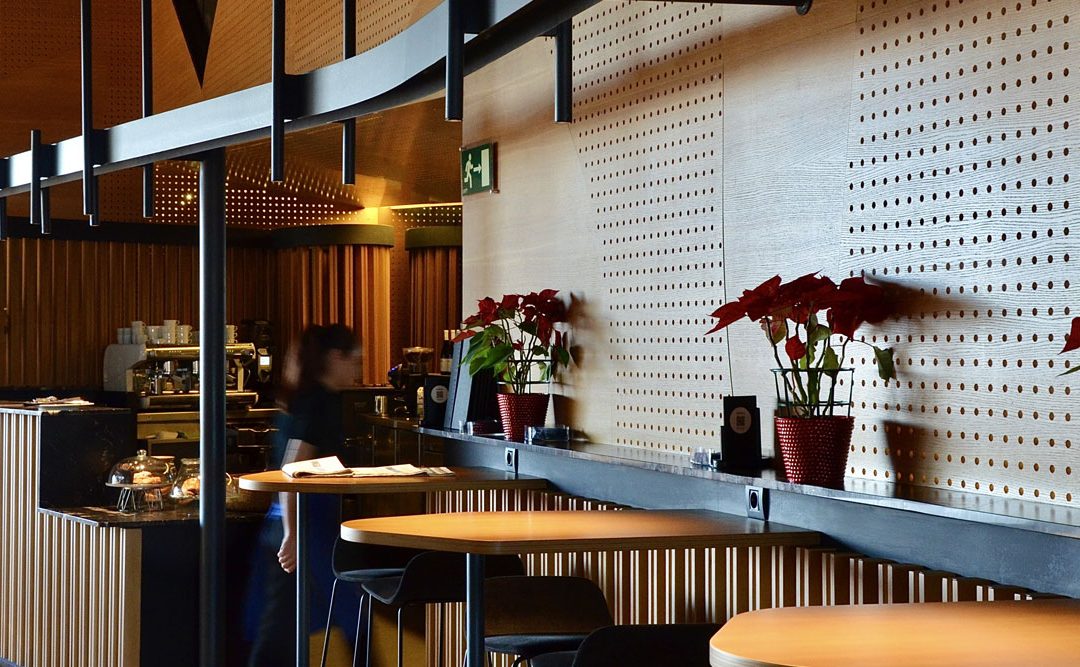Current trends in architecture
Over the past decade, architecture has been heavily influenced by the quest for sustainability and energy efficiency. As we approach 2025, these concerns will remain a priority, but with an even greater focus on the integration of smart technologies and design that promotes people’s well-being. In this context, retrofits and refurbishment of existing buildings at Cronotopos will focus on the use of recycled materials and practices that promote sustainability. On the other hand, in new construction, modular construction and bioclimatic architecture will be dominant trends with a renewed focus on interior design.
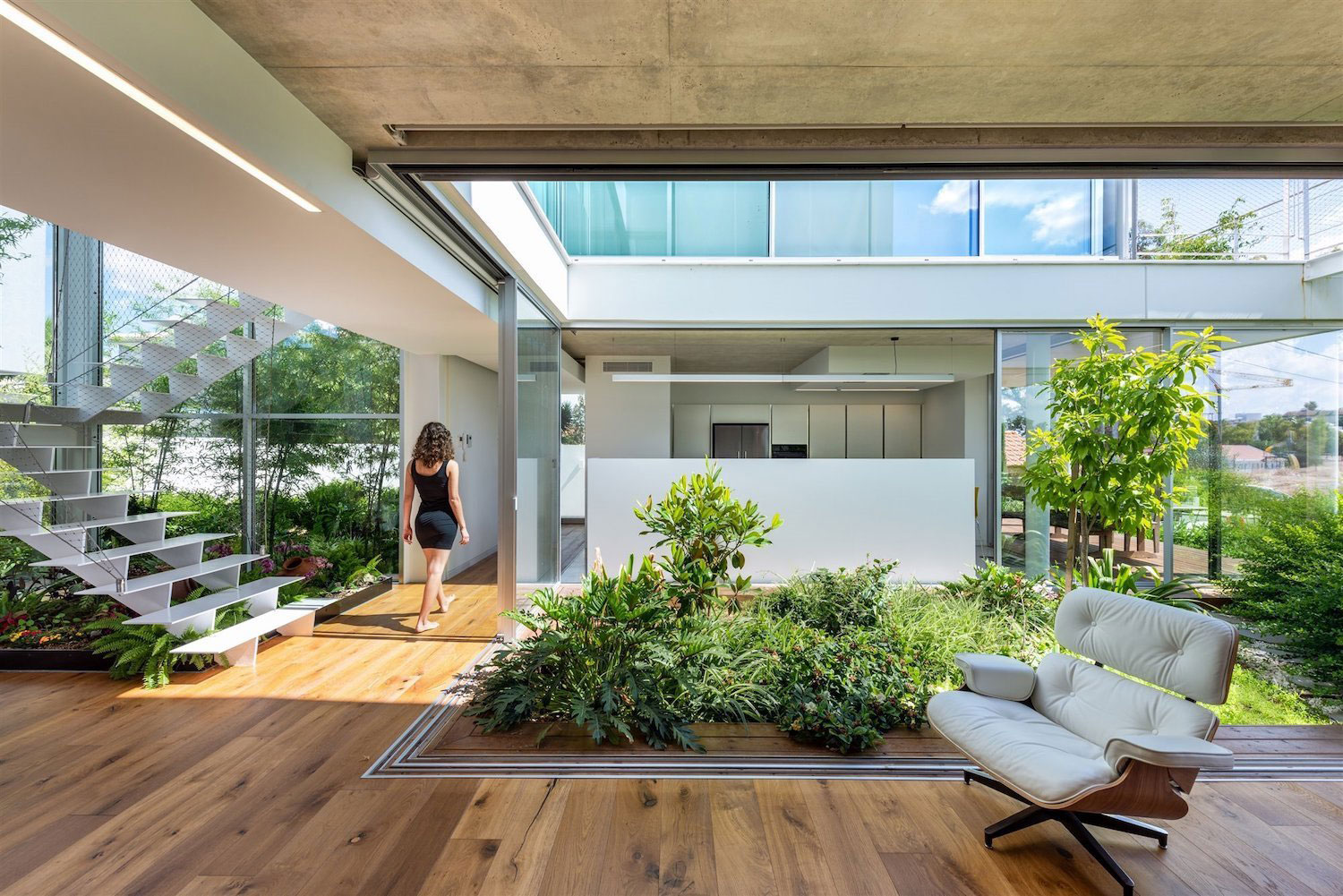
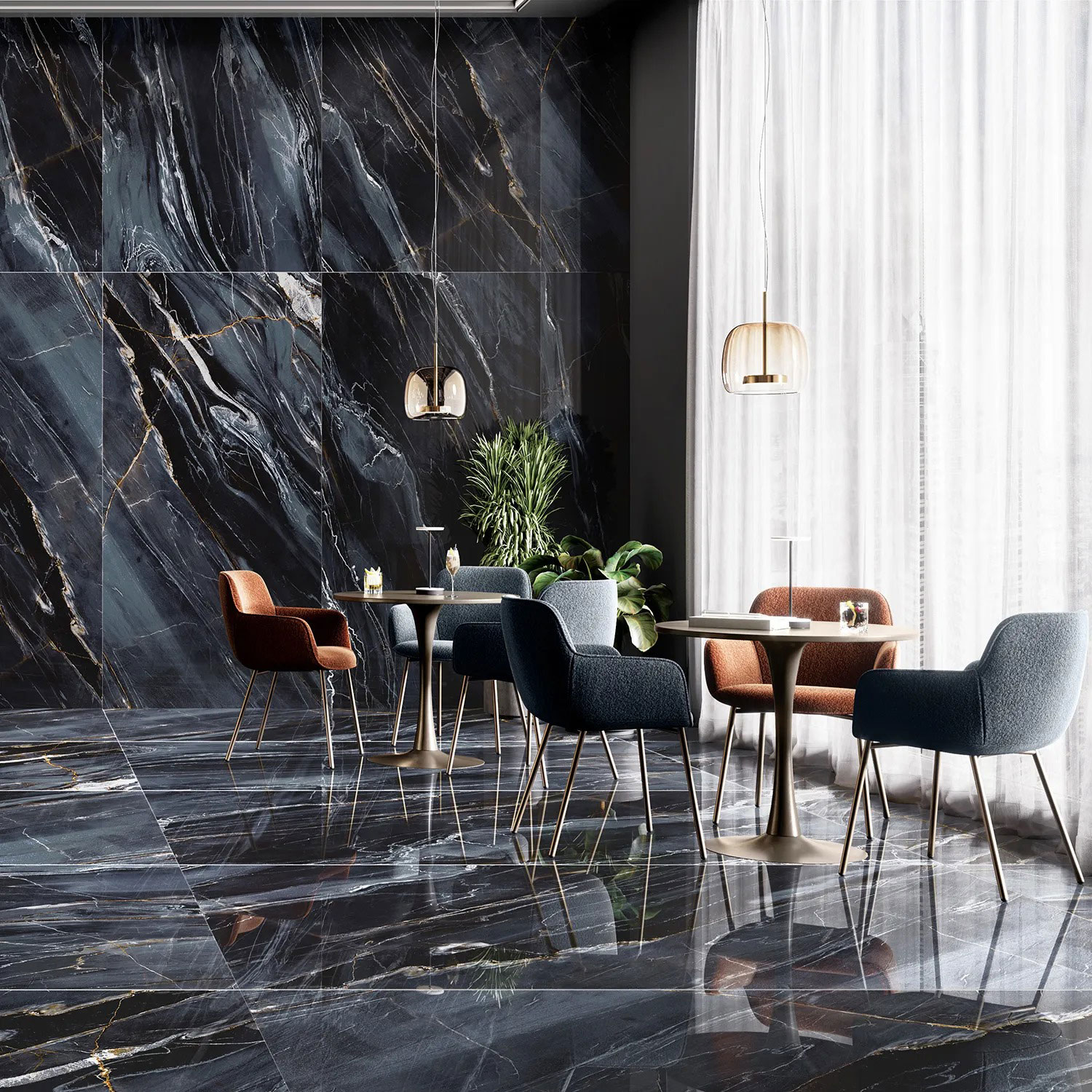
Technological innovations applied to architecture
Technology is playing a central role in the architecture of 2025. Buildings will be equipped with intelligent systems that will make it possible to manage lighting, air conditioning and security efficiently and remotely. These technologies not only improve energy efficiency, but also contribute to the comfort and safety of users.
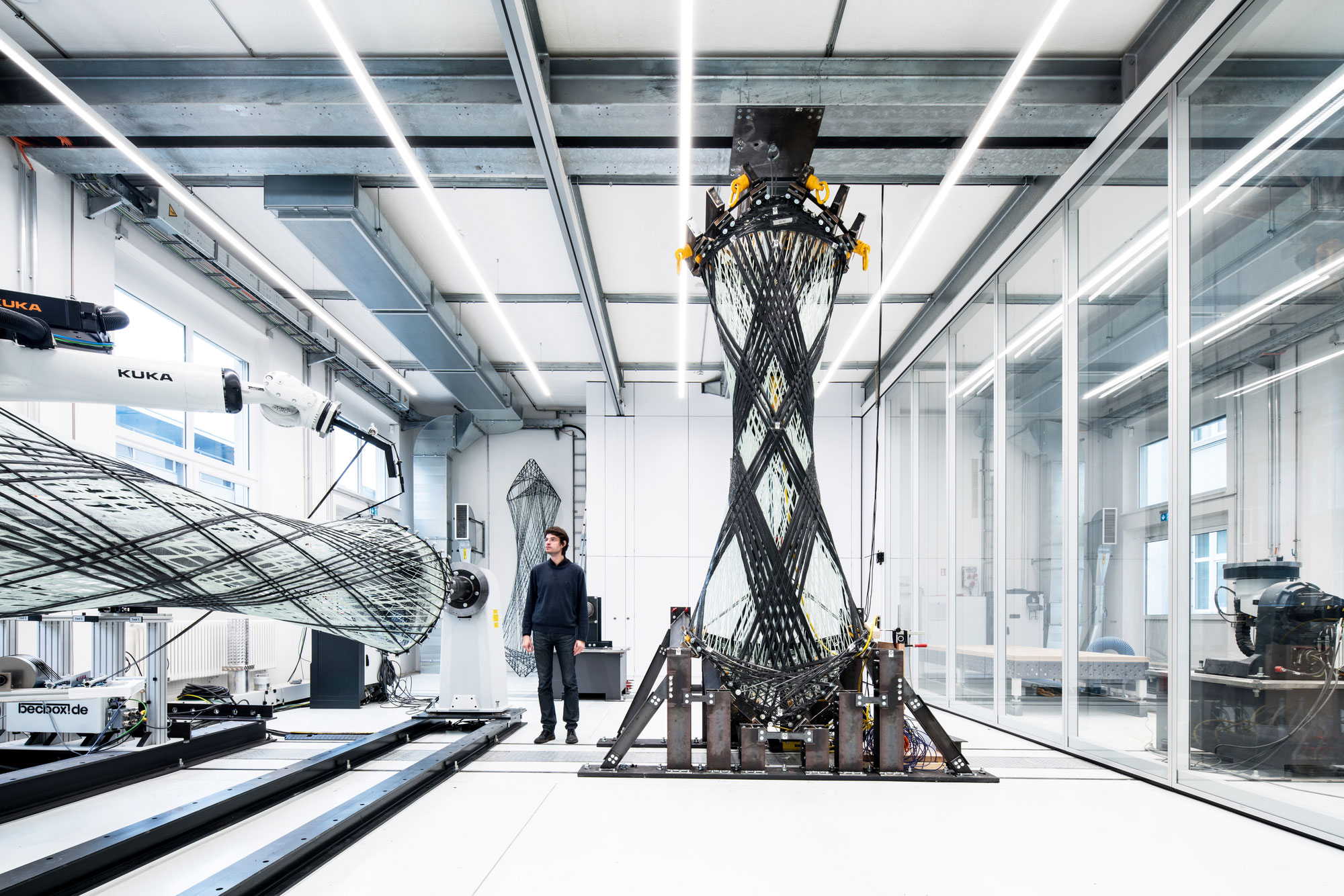
One of the most exciting developments in architecture is the use of 3D printing in construction, which allows structures to be created more quickly and with less waste of materials. Cronotopos is at the forefront of this innovation.The use of BIM (Building Information Modeling) is also expected to continue to expand, allowing architects and builders to work more collaboratively and efficiently from design to construction of renovations and new.
In addition, the use of artificial intelligence and advanced algorithms will make it possible to design more efficient buildings, optimizing space distribution and building orientation to maximize natural light and minimize energy consumption.
Sustainability and energy efficiency in the architecture of 2025
Buildings of the future are expected to be energy self-sufficient, using technologies such as solar, wind and geothermal energy to reduce their dependence on traditional energy sources. In addition, designs will be designed to be flexible and adaptable to changing climatic conditions, with solutions that maximize energy efficiency in all seasons. Cronotopos is already using these technologies that integrate sustainable architecture principles. Sustainable construction will not only focus on energy efficiency, but also on waste reduction. Refurbishment and retrofitting of existing buildings will be aligned with this objective, encouraging practices that minimize environmental impact. The circular economy will be a key concept, where the materials and components of a building can be reused or recycled at the end of its useful life, promoting an architecture that respects the environment.
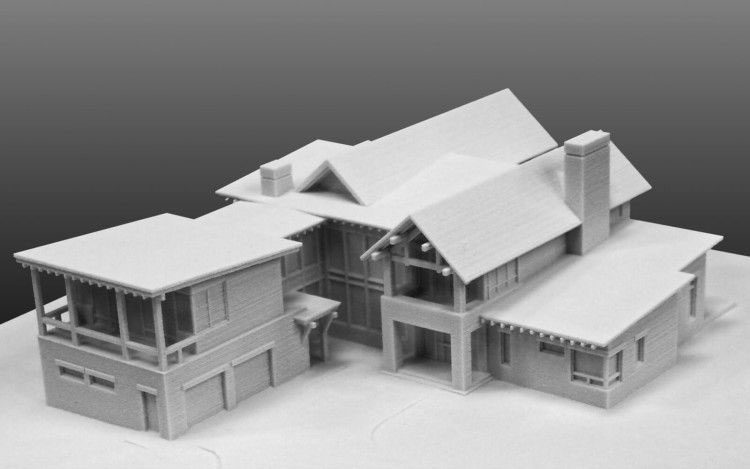
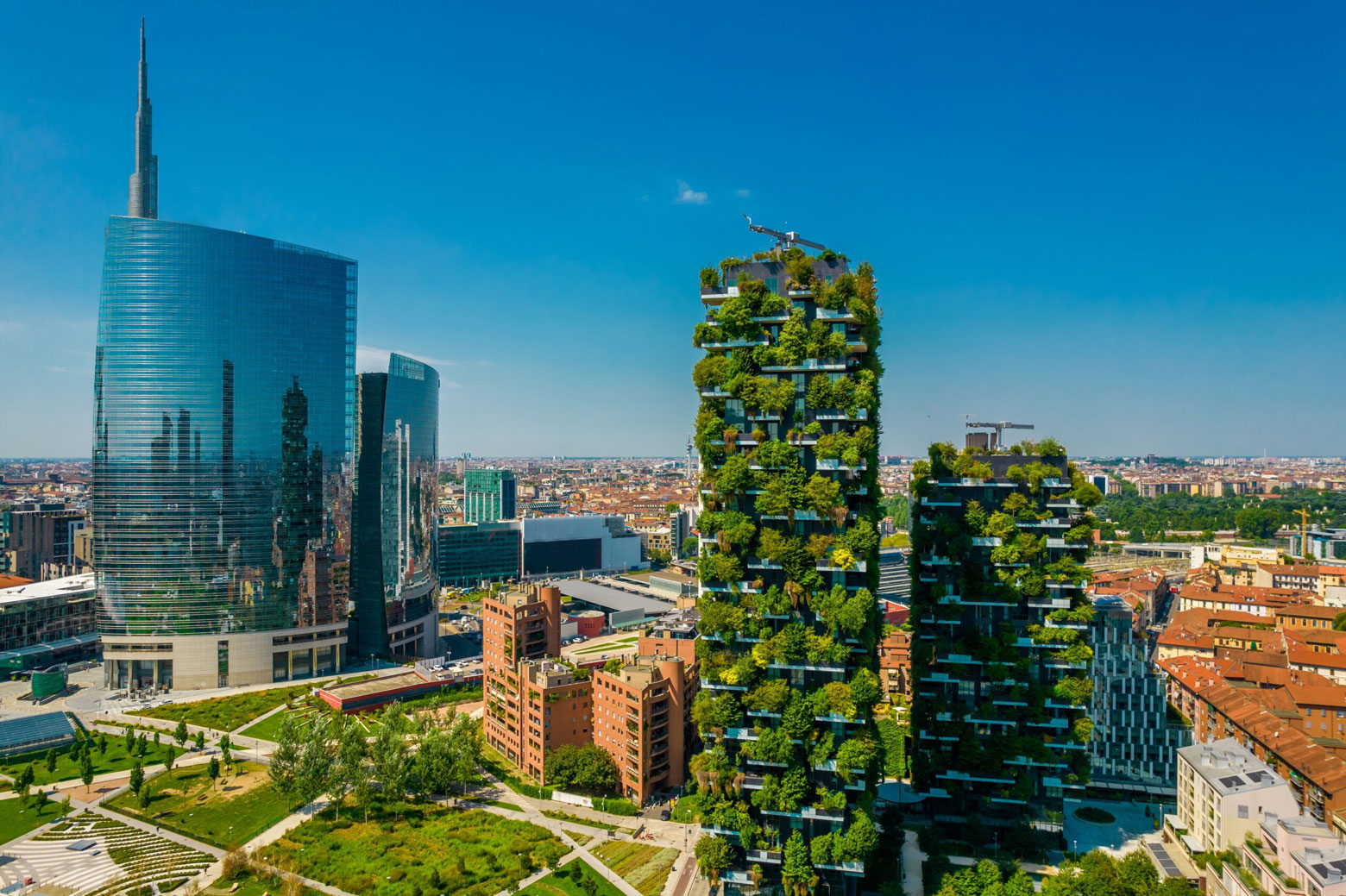
Advantages and disadvantages of modern architectural styles
Advantages:
- Energy efficiency: New architectural styles prioritize sustainability, incorporating technologies such as solar panels, water recycling systems and advanced thermal insulation, which significantly reduce energy consumption.
- Adaptability: Buildings are designed to change their function as needed, allowing for multifunctional and expandable spaces.
- Wellness: Design focused on human well-being has become crucial, with increased attention to
natural lighting, ventilation and the use of healthy materials.
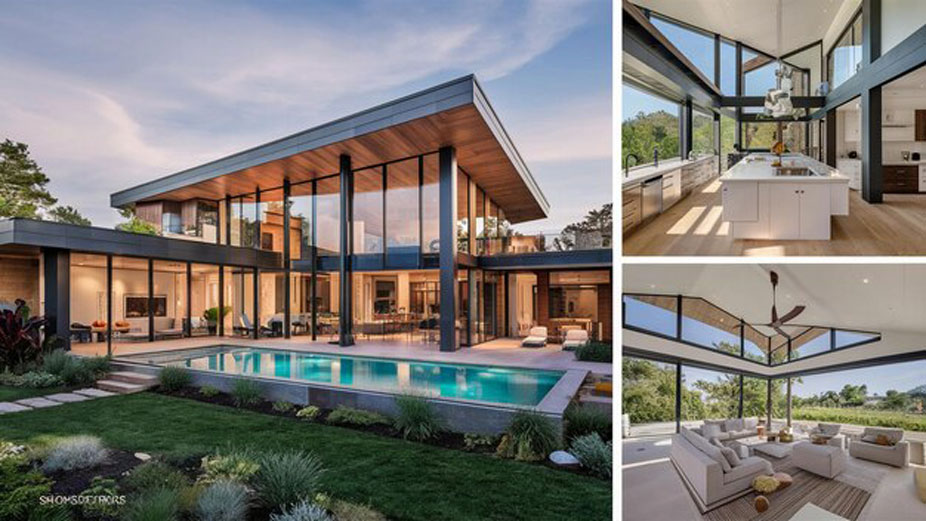
Disadvantages:
- High upfront costs: Implementing sustainable technologies and advanced materials can increase construction costs compared to traditional methods.
- Specialized maintenance: The technological complexity of some of these new styles requires specialized maintenance, which can be a long-term challenge.
- Availability of materials: The use of innovative and sustainable materials is not always widely available, which may delay construction or increase costs.
The essential, finding peace and refuge, that emotional link with home, that inspires.
In Cronotopos our interventions either in renovations or in new construction of modular houses and rehabilitation of buildings we integrate each of the aspects such as energy efficiency, adaptability of spaces and welfare in order to generate a greater comfort to our customers.
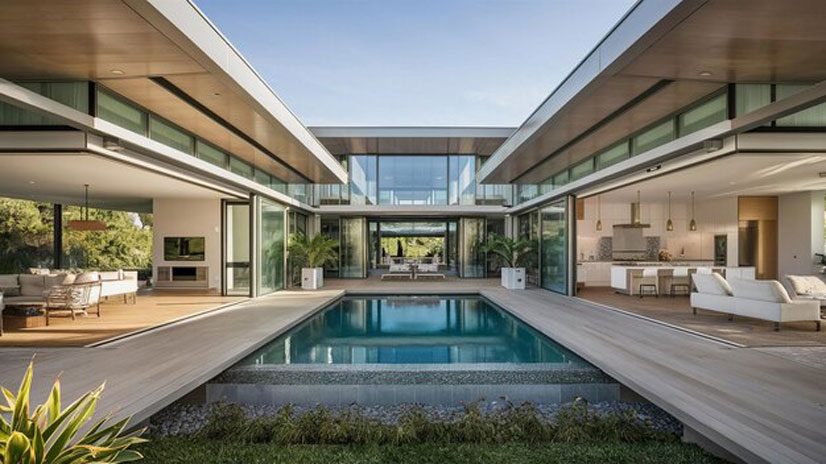
Written by Alejandro Lezcano Maestre, published by Cronotopos.
Photos provided by Google: Architeca-es, Arquitectura y Deseño, OKDiario, ArchDaily Colombia, Impresión 3D, NAN Arquitectura, Freepik

